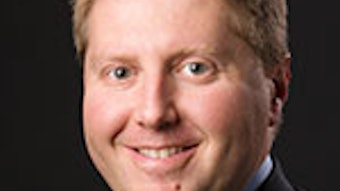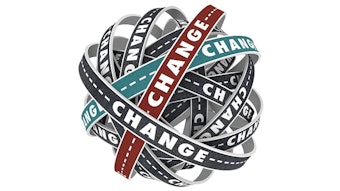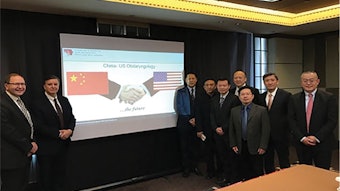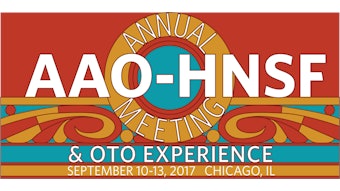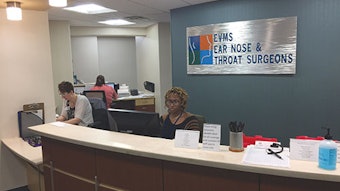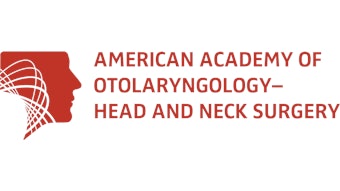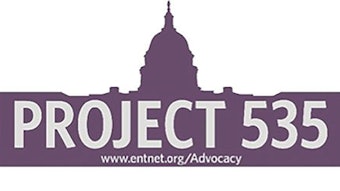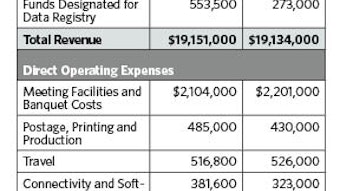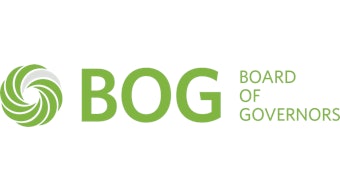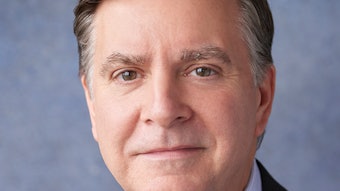Trusted sources
At a time when tweets, chats, and internet stories about everything under the sun are circulating like mosquitoes during summer in the South, the Academy receives requests to immediately sign on or comment on issues relevant to our specialty as well as general societal concerns. It begs the questions: What should we be involved in, and where can people go for reliable information?
 James C. Denneny III, MD
James C. Denneny III, MD
AAO-HNS/F EVP/CEO
These questions have no simple answer. The evolution of technology, specifically the internet and a host of social media offerings, has altered the communication and news industries to such a degree that it is becoming increasingly difficult to identify who is a “trusted source.”
The promulgation of non-professional and philosophically biased reporting, digital activism, program-based message dissemination, and blatantly false as well as mean-spirited information is creating a crisis as we endeavor to maintain First Amendment rights while establishing some consequence for abusive behavior. Even some traditional news sources have turned to reporting inflammatory and often incomplete versions of stories that will “play well” with their constituents.
We live in an era that seems to revel in providing an immediate response to political and social events as well as to the commentaries related to them. The internet has fostered an influx of “sources” that are often short on professionalism, thoroughness, and most importantly, accuracy. Often, those reporting news have no direct verification of accuracy, but are merely passing on the work product of others who also are using the same strategy. Another common practice is the propagation of selected aspects of an event without including the context that would allow an overall interpretation and understanding of the situation.
Worse yet, there are those who fabricate stories that are in turn circulated through social media and the internet. A significant percentage of these pieces are designed to promote specific beliefs and fan intolerance for opposing views. Subsequent communications attempting to refute previously transmitted misinformation seems to have no positive material effect, and in fact, further entrenches and perpetuates the original message.
As the Academy strives to update and modernize our communication pathways for the benefit of our members and the public as well as advocacy messaging, it is critical that we establish and maintain the reputation as a “trusted source.” In the fast-moving world of social media and internet messaging, there is great temptation to participate in the rapid response cycle and comment on issues prior to full evaluation of the consequences.
In fact, there is often great pressure from within and outside of our organization to respond to events and statements that do not directly relate to our stated mission. The reality is, once you enter these forums, any remarks made are there forever.
In formulating our communication strategy, we have chosen to follow several principles:
- Accuracy is essential and valued more than rapidity.
- Comments are not always necessary.
- Is this beneficial to our members, patients, and/or the public?
- Will this have a positive effect on the situation?
We believe this still results in timely communiques carrying meaningful messages on subjects important to our members, patients, and/or the public without diluting our influence through oversaturation.
The trend toward changing and expanding scope of practice for both physician and nonphysician providers, in addition to deregulation by previously protective agencies, subjects the public to an avalanche of self-serving, unsubstantiated, incomplete, and often misleading information that is difficult to sort through and identify accurate and appropriate recommendations.
As deregulation of the hearing aid industry progresses from discontinuation of the medical examination to over-the-counter sales of entry-level devices, there will be a great propensity for patients with treatable causes of hearing loss to fall through the cracks. The public will need a trusted source that has the expertise and guiding principle of “best patient care” to advocate for them and produce educational materials in a format that is both helpful and understandable to guide them through the system. We intend to be the “trusted source” for all areas of the specialty.
And a shout out
I would like to send a shout out to Robert H. Miller, MD, for his dedication and service to the American Board of Otolaryngology, as he supervised his last examination this April.


